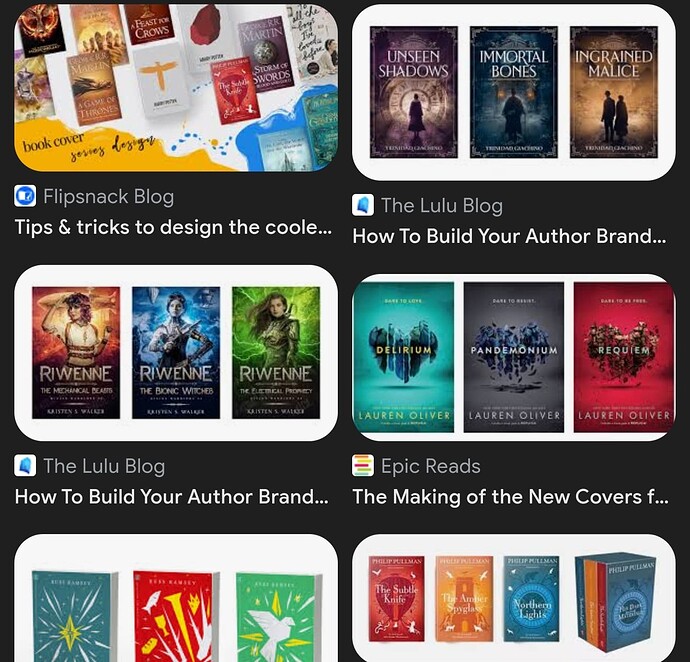Most of what I suggested was what could be done, not necessarily what is practical.
You created a nice cover, but finding another stock photo to fit into the same layout would be difficult. Photographers tend to compose their photos with their photos in mind. They don’t typically shoot photos with a blank spot at the top for the title of a book unless hired specifically to do so. When I’ve designed covers of various publications, I’ve always designed the first cover in ways that make it easy to do the second, third, or fourth within budget.
Toning the cover photo with different colors is a great idea, but it’s more difficult to do with a legal thriller than a fantasy or science fiction book. Courtrooms are various shades of brown, and lawyers’ suits are dark gray, black, or dark blue (at least an ideal prosecutor’s would be). A non-photographic design could work, but you’ve already established a photographic approach with the first book that you want to keep.
I can think of several ideas that would work, but I doubt I could find the stock photos. For example, we could have a photo shot from the back of the prosecutor walking down the center aisle of the courtroom. The judge would be visible, and everyone in the room would have their heads turned to see the perfect prosecutor.
Designer/art director/retoucher fee: $4,000
Photographer fee (on location, lighting, plus assistant): $7,000
Models: $3,000
Empty courtroom rental fee: $1,000
Miscellaneous expenses: $1,000
We’ve just spent $16,000, and we’re still not sure we’d get the perfect photo. I’m not exaggerating the expenses; I’ve designed these kinds of layouts and spent that kind of client money to get exactly the right thing. If anything, I’ve lowballed the costs.
A high-end designer would cost more than that and still be challenged to give you what you want. There’s a reason most publishing companies don’t let authors have much say over the cover designs — they typically have something in mind without considering that almost any design is a compromise of what is doable within budget.
Great, innovative design ideas are a dime a dozen. Pulling off those ideas successfully is the difficult part. A talented and experienced designer will quickly discard unworkable good ideas. The most practical best ideas will almost always involve compromises.
A more realistic and totally doable approach to getting your book covers to match might be to take the magazine approach. From issue to issue, magazines keep the same title/logo and use consistent typography and a similar stylistic approach to the cover art that’s in keeping with the personality of the periodical. Beyond that, magazine art directors take what’s available to create the best-looking and most appealing cover with what they have to work with. Every issue is different from the others, but by keeping the same title/logo and using the same typefaces, they all match.


